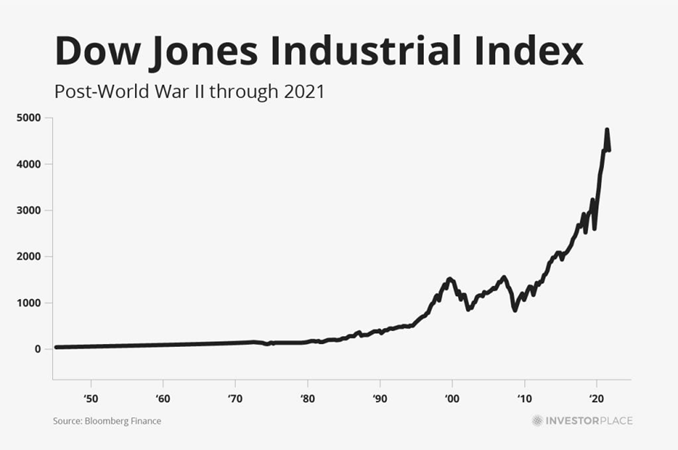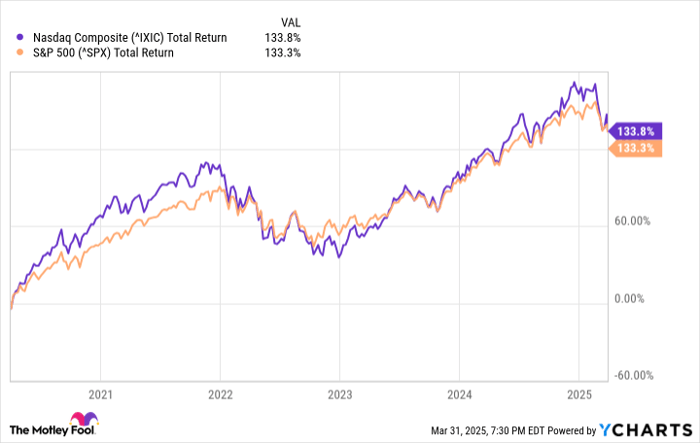Cocoa Prices Surge Amid Supply Concerns and Demand Slowdown
May ICE NY cocoa (CCK25) is currently up +275 (+3.48%), while May ICE London cocoa #7 (CAK25) has increased by +106 (+1.71%). Cocoa prices are rising today, driven by reports of a slowdown in cocoa exports from the Ivory Coast.
Export Data from Ivory Coast
Recent government figures indicate that Ivory Coast farmers have shipped 1.44 million metric tons (MMT) of cocoa from October 1 to March 30 in this marketing year. This represents an 11% increase compared to last year but reflects a decrease from the 35% growth observed in December.
Mid-Crop Harvest and Market Effects
Investor concern regarding the upcoming mid-crop is also supporting cocoa prices. This smaller harvest, which typically begins this month, has an estimated average production of 400,000 MT for this year. This figure is down 9% from last year’s harvest of 440,000 MT.
In recent weeks, cocoa prices have faced downward pressure, falling to a four-and-a-half-month low on March 21, owing to improved supply forecasts. On February 28, the International Cocoa Organization (ICCO) projected a global cocoa surplus of 142,000 MT for the 2024/25 production year, the first surplus in four years. Furthermore, ICCO anticipates a 7.8% year-over-year increase in global cocoa production, estimating it to reach 4.84 MMT.
Inventory Recovery and Demand Concerns
The increase in cocoa inventories is another factor that may weigh on prices. After hitting a 21-year low of 1,263,493 bags on January 24, ICE-monitored cocoa inventories stored in US ports have rebounded to a five-month high of 1,806,361 bags as of last Friday.
Additionally, demand concerns are impacting cocoa prices as major chocolate manufacturers express caution about high cocoa costs. Executives at Hershey and Mondelez have highlighted that elevated prices are negatively affecting consumer demand. On February 4, Mondelez CFO Zarmella noted signs of declining cocoa consumption, particularly in North America. The company also indicated that chocolate prices might increase by up to 50% due to rising cocoa costs, potentially reducing chocolate demand. Similarly, Hershey executives mentioned on February 6 that high cocoa prices are forcing them to alter recipes by replacing cocoa with other ingredients.
International Cocoa Market Insights
Adding further bearish sentiment, Nigeria reported a substantial increase in its January cocoa exports. On February 27, exports surged 27% year-over-year to 46,970 MT, positioning Nigeria as the world’s fifth-largest cocoa producer.
High cocoa prices contributed to lower demand in Q4, as reflected in quarterly grind reports. The European Cocoa Association indicated that Q4 European cocoa grindings decreased 5.3% year-over-year to 331,853 MT, marking the lowest level in over four years. Similarly, the Cocoa Association of Asia reported a slight decline in Q4 grindings, which fell 0.5% year-over-year to 210,111 MT, also a four-year low. Furthermore, the National Confectioners Association revealed that North American cocoa bean grindings dropped 1.2% year-over-year to 102,761 MT for the same period.
Cocoa Production and Global Trends
Additionally, supply constraints from Ghana, the world’s second-largest cocoa producer, are contributing to price support. Ghana’s cocoa regulator, Cocobod, revised its 2024/25 cocoa harvest forecast downward in December for the second time this season, now estimating the total at 617,500 MT, down 5% from its previous estimate of 650,000 MT.
The ICCO reported on February 28 that the global cocoa deficit for the 2023/24 season reached -441,000 MT, marking the largest deficit in over 60 years. According to their estimates, global cocoa production declined by 13.1% year-over-year to 4.380 MMT. The ICCO also noted that the 2023/24 global cocoa stocks-to-grindings ratio is 27.0%, the lowest in 46 years.
On the date of publication, Rich Asplund did not hold any positions, either directly or indirectly, in the securities mentioned in this article. This information is for informational purposes only. For more information, please view the Barchart Disclosure Policy here.
More news from Barchart
The views and opinions expressed herein are those of the author and do not necessarily reflect those of Nasdaq, Inc.



